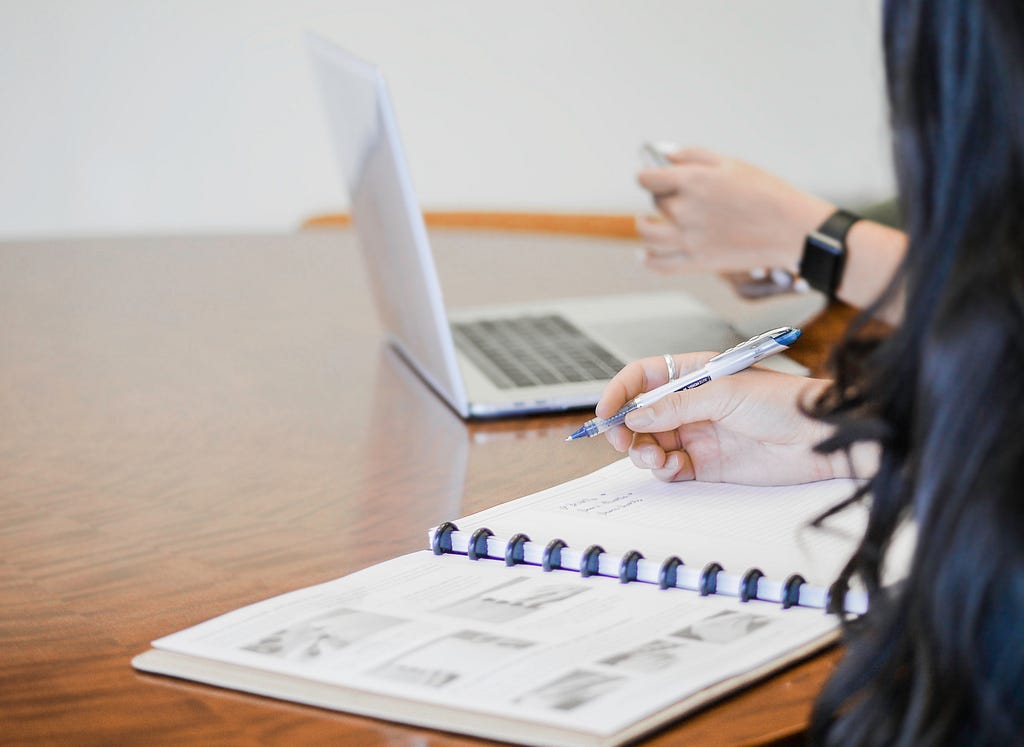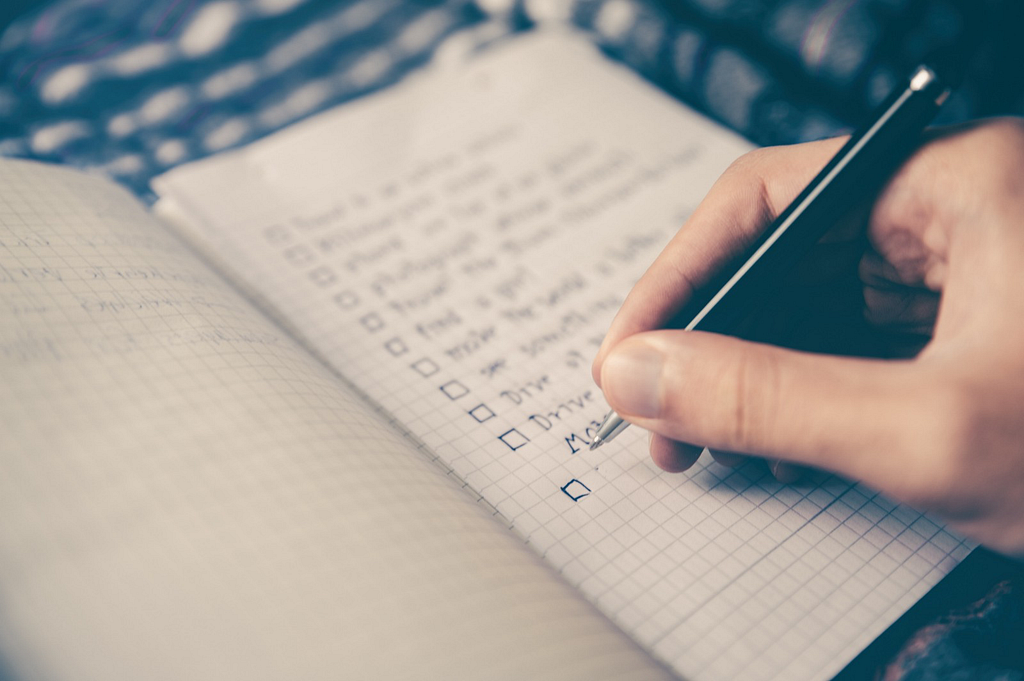Latest news about Bitcoin and all cryptocurrencies. Your daily crypto news habit.
How to do Great User Interviews
User interviews help to discover why users have a certain problem and if your design solves that problem correctly. Messing up this phase of product development could result in a lack of information or even wrong information on which you base your product decisions. This would be a very costly mistake to make. Interviewing users is a very specific skill you need to master as a User Experience Designer or as a Product Manager. Make sure you always have a person in your product team specialized in this skill.
User interviews can be used during multiple product stages: to discover and deeply understand the user’s problems, to discover problems with your current product, or to test new prototypes before completely building them. Let’s have a look at how to prepare interviews, how to create an interview template and interview techniques to use.
Prepare the User Interview
User interviews are about getting to know why people do or think something. They require a strong interaction and asking for deeper questions to uncover underlying reasoning. This is why we always do user interviews 1 on 1 and in person.
The optimal number of users to interview is usually 5, but might vary depending on how complex your interview topic is. The core guideline is to keep interviewing more users until no new information is discovered and the findings seem to only be repeating.
With in-person interviews it usually works best to invite users to your office. Offering an Amazon coupon of 50$ can greatly increase the response to your invite emails. In the end someone is giving up about an hour of their time to visit you and compensation goes a long way. This also ensures that you don’t only get your most hardcore fans to visit you and potentially bias the interviews.
Recoding the interviews can be very helpful to work out your notes afterwards. This way you can really focus on the person instead of interrupting the interview to take notes. We usually set up a laptop with webcam to record the user and also record the actions on the desktop or mobile app.
Make an Interview Template
Below is an example template I used for our latest user interview at GUTS tickets. While some questions might be specific to our product and industry, the general structure and type of questions can be used as basis to create your own interview template.
The type of interview I did here was a task driven prototype interview where we tested a mocked prototype with users to discover how they would use a new functionality. Often user interact differently with your product than expected. Your findings might even result in not building the whole product until key changes are made and tested again.
As you can see in the template below, we start the introduction section with a strong positive welcome. Make sure the person understand there are no wrong answers, and the goal is to learn to improve the product. To be clear this is not an ‘interview’ that is published anywhere.
In the general background section you try to find out more about the specific type of person you are interviewing. This can help you to create personas you target your product on. In this section you also focus on discovering the current behaviours of someone. It is always easier to align your product with the current behaviour of a user than to force them to change their behaviour.
When testing a prototype it works best to only give tasks and watch how the user does them. You should not ask how they would use your product, as that triggers the user to give socially desirable answers which have little value to you. By giving tasks and just watching what they do you can truly learn what they would do and see where they struggle to understand your UX or copywriting.
Never ask closed or suggestive questions during the interview. If you have some that you really want to ask, leave them till the end of the interview.
Introduction
- Happy that you are here and want to help us improve our product!
- There are no good or wrong answers, we just want to learn
- This interview is only for internal use
- We would like to record it, to make better notes of what we learn
General background (user’s persona and current behaviour)
- Can you tell me a bit about yourself?
- Which events/theatres/concerts/festivals have you been to in the past 12 months?
- Why did you choose to go to this event?
- Who did you go with?
- How do you arrange going with a group? Can you walk me through it?
Introduction to the prototype
- Next up we are going to let you test the new product, by giving a couple of assignments to carry out
- Again, there are no good or wrong answers, you can be completely honest
- Please think out loud, when you notice things and take actions
- Ask questions that you have out loud (but I will only answer them at the end)
Tasks
- You received a message from a friend, what do you think this is about?
- Can you buy tickets for the two of you and explain what you do?
- What do you notice? Why?
Debrief
- Overall how do you feel about the experience?
- Who do you think this is for?
- What is the best reward program you have experience with? Why?
- What would you like as a reward for inviting friends to the event?
Use Open-Ended Questions and ask About Past Behaviour
To discover the true reasons and drivers behind decisions of users you have to ask many open questions. These are questions that start with why, what, and how. Prevent using questions that can simply be answered by yes or no. Your goal is to get the user to talk as much as possible.
Ask why, why, why and to use follow up questions to dig deeper into the user’s motivation and reasoning. Sometimes you only discover the key driver of a user at the end of the interview. Stay sharp and be genuinely interested in them. Don’t be afraid to use silence and to wait for the person to start talking. Actually using silence often works really well to get people to talk.
Ask for real past behavior. Instead of asking “how would you open the box?”, ask “Can you tell me how you opened the box last time?”. This often gives much more realistic answers of people’s current behavior. When asking ‘how’ they would do something answers are often idealised by the person, and do not represent what they do in reality. Be very careful with this as you should not base conclusions on information gathered with wrong questions.
DO ASK:
- Can you tell me more about how you did that last time?
- Why did you do that?
DONT ASK:
- Would you use this feature?
- Do you like this?
- How would you use this product?
Now go and get those insights. Goodluck with your interviews!
Image credits: unsplash.com
How to do great user interviews was originally published in Hacker Noon on Medium, where people are continuing the conversation by highlighting and responding to this story.
Disclaimer
The views and opinions expressed in this article are solely those of the authors and do not reflect the views of Bitcoin Insider. Every investment and trading move involves risk - this is especially true for cryptocurrencies given their volatility. We strongly advise our readers to conduct their own research when making a decision.

